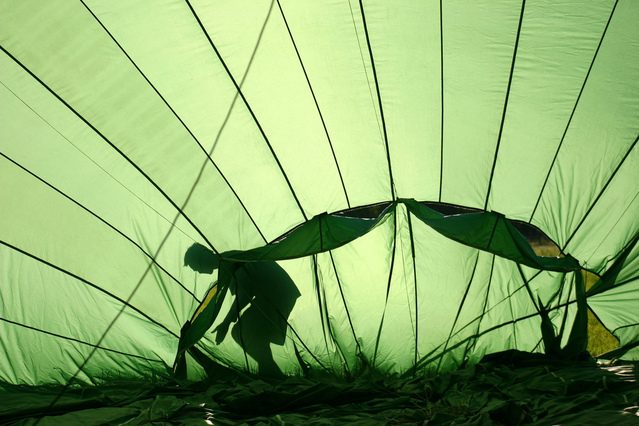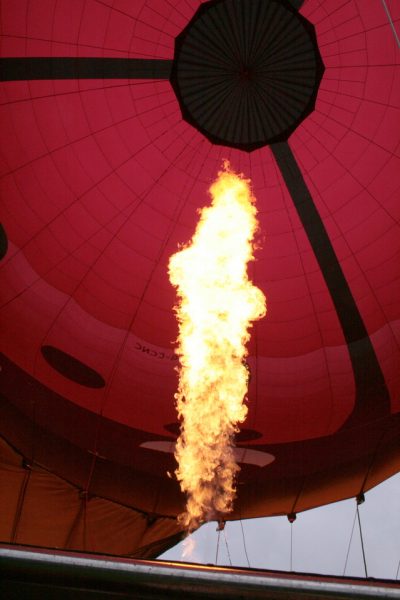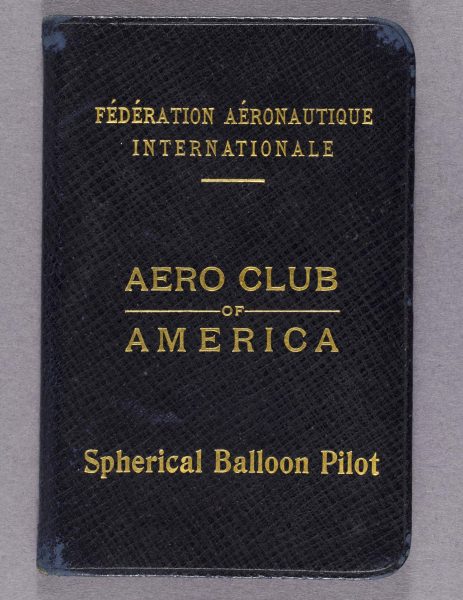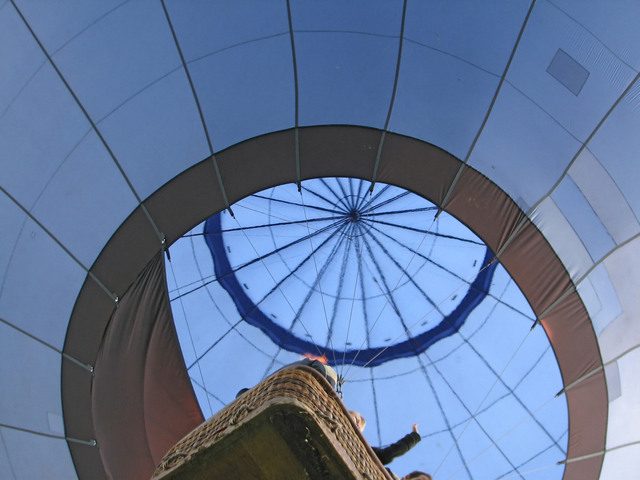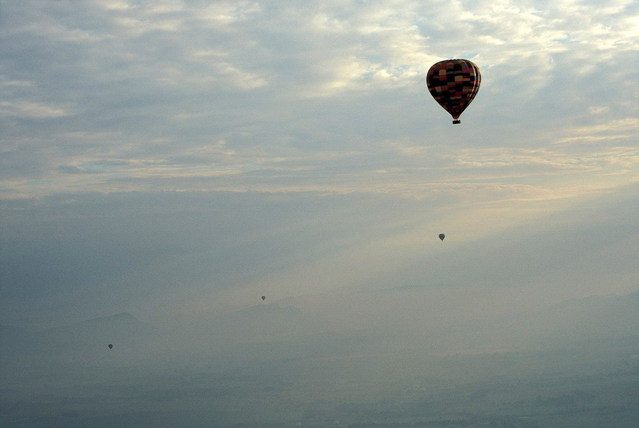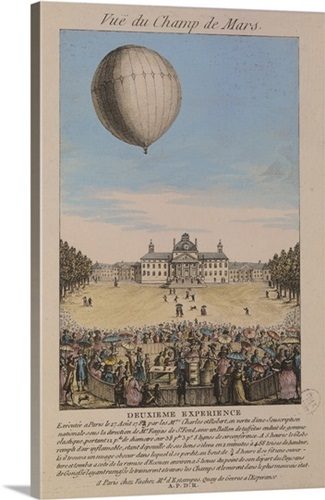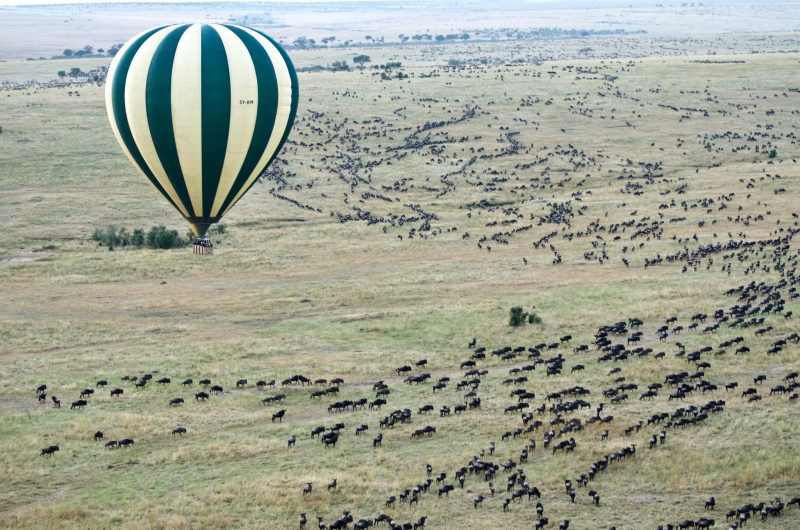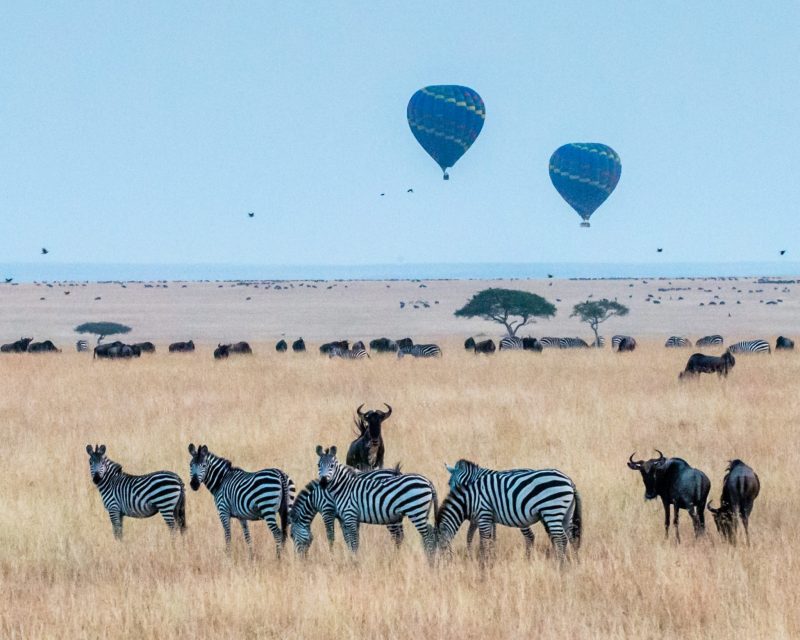What Hotair Balloonists Need To Know
What hotair balloonists need to know. Many adventurous people are enthusiastic about flying or owning a hotair balloon. The very next thing they do is to venture out and grab the best do-it-yourself kit available in the market for hobbyists. Those kits may provide the essential information needed to make and operate an hotair craft but leave out the subtle nuances that could be crucial. For example, people wonder why the large size. They are large because of the need to create a lift that exceeds the volume of hot gas. The balloon takes an enormous amount of hot air to rise. Consider this; the craft needs hot air with a temperature of 120°C and a radius of 4m to lift an adult person’s weight. Those who didn’t know that would opt for a smaller size which may not perform in the desired manner. And there are many other pieces of information and clues one need to consider when indulging in creating a personal balloon.
Types of balloon
The Montgolfier type is the most common type that uses fire to warm up the air inside the balloon to rise. The next is a hybrid category which uses hot air as well as a compartment of hydrogen or helium gas in the top. The third type is a gas balloon. Pilots control its altitude by venting the gas or dropping ballast. People utilize these three categories for different occasions depending on their needs. For instance, during the International Gordon Bennett Cup, pilots compete in gas balloons. Whereas, sports enthusiasts use both hybrid and gas balloons for most long-distance records as they require less fuel for extended periods of time.
Balloon pilot license
Irrespective of the types of balloon, the regulations stipulate that a balloon aviator needs a license to operate it. A license is a must for any balloon pilot to fly one. They earn the license after taking instructions from a balloon pilot instructor for many hours, passing a verbal test and a flight test in addition to making a solo flight with an examiner.
Readymade or tailormade
Some ballooning enthusiasts prefer already built balloons. For readymade balloons, the task is simply to pick one off the shelf. But some others go for custom-built hotair balloon for which the buyer needs more information and details. A balloon that is tailor-made to each one’s specifications and choices is an incredibly personal representation of personality, style, imagination, performance and more. There are limitless possibilities as the number of people on earth between the very simple to the most sophisticated design. So how does one know what prototype to choose and what variables would go into creating a bespoke balloon? Well, the most important consideration here is to ascertain as to what purpose the balloon would serve. In other words, what are you going to use it for, i.e., for recreation, sports, commercial use or to break a world record. The mainstream manufacturers’ standard models can serve as a reasonable starting point. But the truth of the matter is when a range of properties are considered neither of them is superior in all.
Fabric to use
The second is, what fabric should go into the envelope. Manufacturers usually use either polyester or nylon. Both has its advantages and disadvantages. Polyester fabric is more resistant against overheating and degrades very slowly, meaning during high temperatures there is no risk of a decrease in strength. Nylon fiber needs protection from moisture because the dampness breeds microorganisms leading to reduced strength and increased permeability. A side effect is the odor of the balloon when you pack it damp. Polyester fabric is immune to moisture that allows for a wet envelope to be packed for a lot longer without the smell. Another advantage of polyester is that it has a slower color tone decrease, although it is harder to dye it compared to the nylon fabric. Moreover, polyester fabric bends less than nylon fabric. The advantages of nylon are excellent elasticity, the durability of any applied coatings and stronger rip resistance. And for polyester, excellent aging resistance at high temperatures are regularly cited. Kubicek and Schroeder are the two renowned balloon companies that specialize in the manufacture of the fabrics of the envelopes.
Coated or uncoated
The fabric of the envelope can be coated or uncoated. For multicolored ones, a second quality is preferable than the first quality. The second quality can be just as safe and acceptable as the first quality. There are no structural differences between the two but the second tier often has minor flaws in the dyeing, weaving or coating process. Also, artwork can be integrated into the style of the envelope, whether overlaid or inlaid.
Kubicek Balloons Company
The only balloon company in the world that invents and produces its fabric is Kubicek Balloons. They have complete control of its production regarding its life, strength, and brightness. Their envelopes are of either nylon or polyester. The company recommends polyester because of long lifetime cycle and offers a standard warranty of 300 flight hours. However, polyester tends to be heavier than nylon. Moreover, dyeing and coating are simpler with nylon than polyester. But Kubicek has invested in a state-of-the-art production line that weaves and coats its fabric.
Hotair balloon costings
And now for the price of a balloon, it varies considerably depending on the design and materials chosen. Desired options such as turning apertures, skirt, scoop, Nomex, etc. factors in the pricing determination. For these reasons, the manufacturers quote the cost of a custom-designed balloon on an ad hoc basis.
Decision made easy
Armed with the standard information available in do-it-yourself kits and the essential facts that are crucial for a balloon operation, it is now possible to make a much-informed decision about the purchase of one. The user or operator is also in a better position to approach the manufacturer and to choose the best option available. All that’s left now is to soar high in the sky
5 Frequently Asked Questions About Advantages Of Hot-Air Balloon
To book a balloon safari, please fill out the following form or simply email us on safaris@safari-center.com

